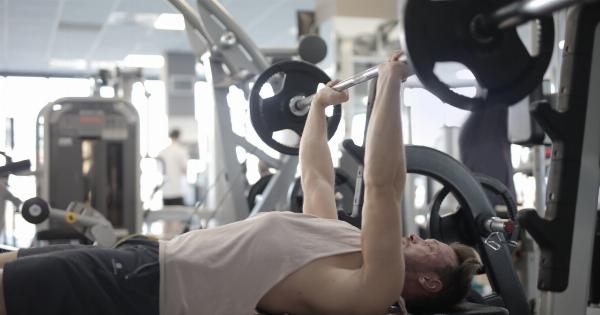Traveling with your furry friend can be an exciting experience, but it can also be a stressful one. Dogs can become anxious and nervous during car journeys, causing them to whine, bark, or even become sick. Just like us, dogs can also get motion sickness.
However, with the right preparation and a few tricks up your sleeve, you can help to keep your dog calm and happy during car journeys. In this article, we will explore the top tips for calming your dog during car journeys, ensuring that you both arrive at your destination happy and relaxed.
Tip 1: Familiarize your dog with the car
The first step to helping your dog feel more comfortable in the car is to familiarize them with the space. Allow your furry friend to explore the car, let them sit in it without going for a drive.
This process will help them get used to the movements and the sounds of the car. Once they are familiar with the car, take them on short journeys, building up to longer ones, to help them get used to being in the car and traveling.
Tip 2: Use a dog seat belt
Just as it is important for humans to wear a seatbelt in the car, it is also important for dogs.
A dog seat belt will help keep your furry friend safe and secure during the journey, preventing them from moving around too much or jumping out of an open window. Also, a seatbelt will help to reduce anxiety your dog might feel during the journey.
Tip 3: Pack their favorite toy or blanket
Bringing along your dog’s favorite toy and blanket can help to make the car journey a more relaxing experience for them.
The familiar scent and feel of their favorite items can help to calm their nerves and make them feel more comfortable in the car.
Tip 4: Play calming music
Playing calming music, such as classical music, can help to soothe your dog and encourage relaxation during the journey. Studies have shown that music can have a positive effect on our pets and reduce anxiety during stressful situations.
Tip 5: Don’t feed them too much before the journey
It’s essential to keep your dog’s stomach empty before a journey. This is because a full stomach can make them more likely to feel nauseous, which can lead to motion sickness.
It’s also a good idea to avoid feeding them for a couple of hours after the journey, giving their stomach a chance to settle.
Tip 6: Take frequent breaks
Just as it is important for us to take breaks during long journeys to stretch our legs, it is also important for our furry friends. Make sure to take frequent breaks to allow your dog to stretch their legs, have a drink, and go to the toilet.
This will also give them a chance to burn off any excess energy they may have accumulated during the journey.
Tip 7: Use calming pheromones
Calming pheromones, such as Adaptil, can help to reduce anxiety and stress during car journeys. These pheromones mimic the natural pheromones produced by dogs, creating a sense of familiarity and comfort for your furry friend.
Tip 8: Use a crate
If your dog feels more comfortable in a crate, then traveling with them in a crate may be the best option. A crate will help your dog feel more secure and prevent them from moving around too much during the journey.
Be sure to make the crate as comfortable as possible, with a comfortable bed, familiar blanket, and favorite toys.
Tip 9: Consider medication
If your dog suffers from severe anxiety during car journeys, medication prescribed by your veterinarian might be the best option.
Anti-anxiety medication can help to reduce your dog’s anxiety, making the journey a more pleasant experience for both you and your furry friend. It’s essential to speak with your veterinarian before considering medication for your dog.
Tip 10: Make the journey a positive experience
Finally, it’s important to make the journey a positive experience for your furry friend. Try to associate the car journey with positive experiences, such as a trip to the park or a visit to a friend’s house.
This will help your dog to associate the car with positive experiences, making them more likely to enjoy the journey.
Conclusion
Traveling with your dog can be a fun experience, but it’s important to take steps to ensure they are calm and comfortable during car journeys.
By familiarizing them with the car, using a seatbelt, bringing along their favorite items, playing calming music, avoiding feeding them too much before the journey, taking frequent breaks, using calming pheromones, using a crate if they prefer it, considering medication, and making the journey a positive experience, you can help to ensure that your furry friend arrives at their destination happy and relaxed.






























